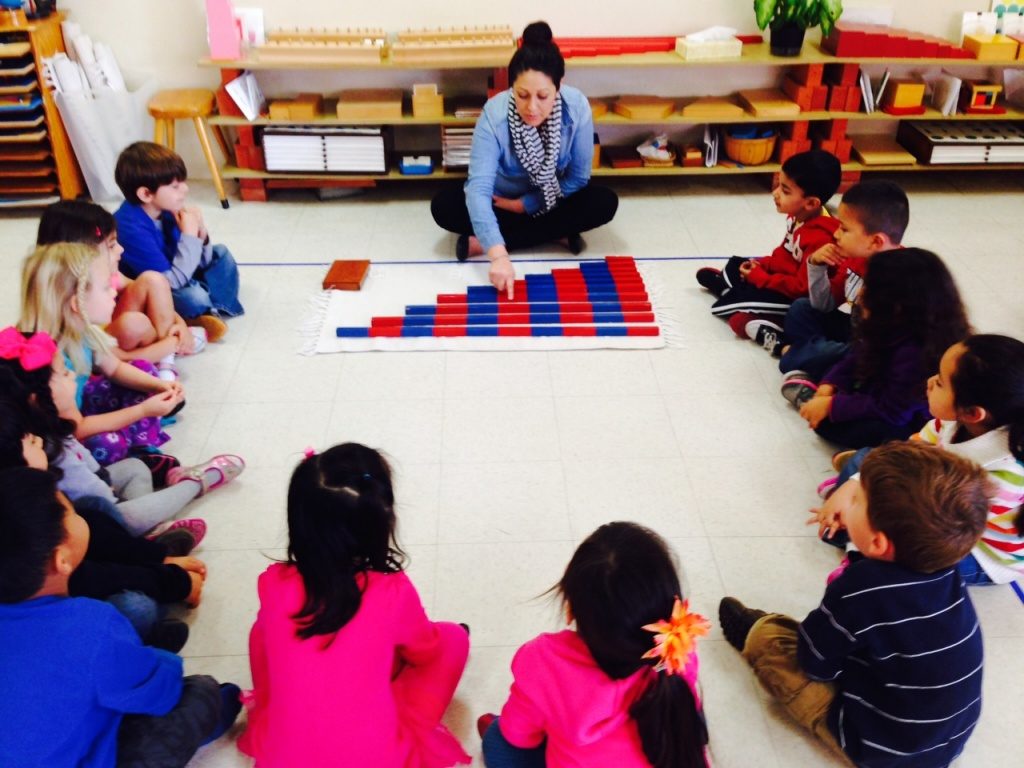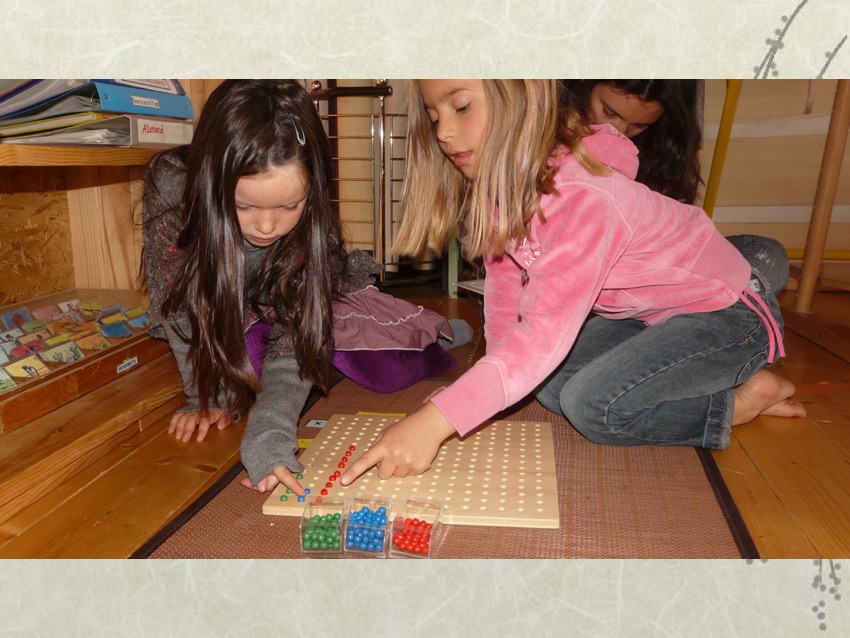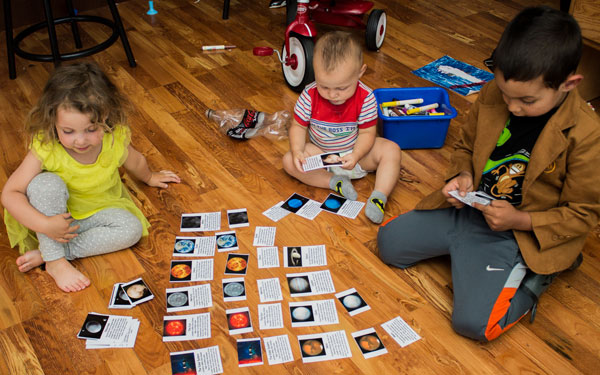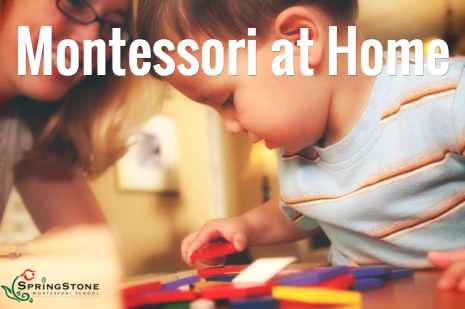Insight into the Montessori Lesson Presentation

IPresenting a lesson to one of our children or a small group of children in a Montessori learning environment is an exceptional experience, as it is the calm and peaceful flow that truly reflects the Montessori environment and the philosophy that guides our daily teaching.
When we present Montessori lessons, we enjoy the freedom to present without words. You may ask, why and what does it mean? Well, please read on, as we will answer these questions for you.
Do you think it is odd that Dr. Montessori preferred her teachers to have no prior teaching experience? Well, Dr. Montessori had her reasons…. She was afraid it would be too difficult for professionals who had taught in an instructional manner to unlearn all the conventional wisdom and practices. Instead, she wanted her teachers to come without preconceived notions of best practices. This meant that she could mentor her teachers to apply the Montessori Method in all aspects of their teaching. Presenting a lesson meant presenting the lesson in complete silence.
Why would Dr. Montessori ask this of her teachers? What is the benefit?

Think of it this way…. Our young children are easily distracted, and to allow our children to focus their attention on the presentation of the materials, and the materials only, we present the materials in silence, using very intentional, precise and slow hand movements to demonstrate how the materials are to be used appropriately from beginning to end.
When we capture the children’s attention, and we are able to maintain it, the lesson will be effective, because we allowed the children to follow our exact motor movements, using their senses to grasp the concept of the lesson.

Presenting of Nomenclature Work in the Cultural Area
You might ask, what about a lesson that requires the child to learn vocabulary, something like the nomenclature work in our cultural area where we introduce animals of a continent, planets, the human body, magnetic versus non-magnetic, etc.
Well, in this case, we will still start with the silent presentation of the nomenclature work to match the picture/word cards with the individual picture and vocabulary word cards. For children who are still working to master their language skills, they will be able to use their visual sense to identify matching words. For children who can express language verbally, we will follow up the silent presentation of the materials with a three-period lesson to teach the corresponding vocabulary and check the child’s understanding.

When you have encountered a successful presentation in silence, it is nothing short of miraculous, because all you needed to keep the lesson focused were the materials. The freedom to present without words helps the teacher focus on exact movements and the precision of the lesson. The benefit for the children is the peace and quiet that allows them to focus on what is in front of them!
It is truly magical when you can be a part of this process, both for the teachers and the children!
Here are two special Montessori quotes we would like to share to support this topic.

“Education is a natural process carried out by the child and is not acquired by listening to words but by experiences in the environment.”
“The human hand allows the mind to reveal itself.”

